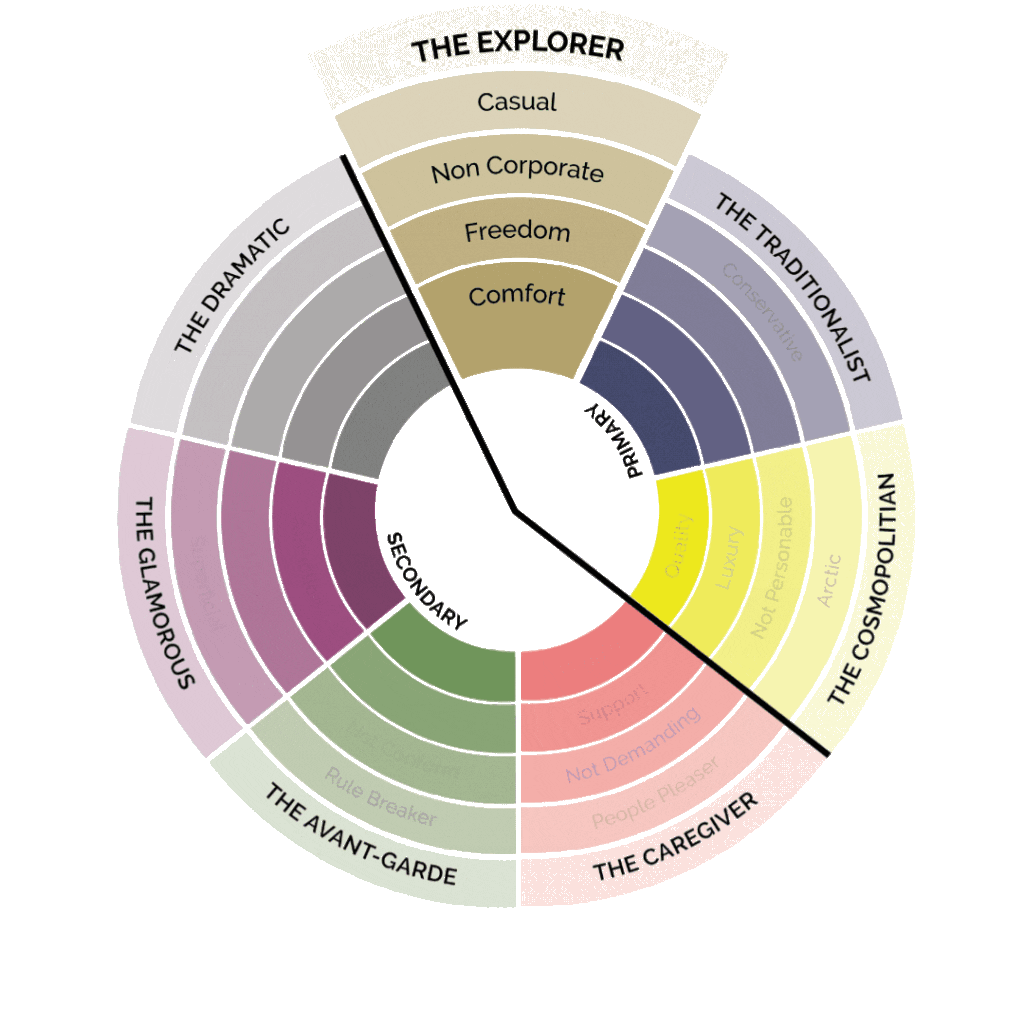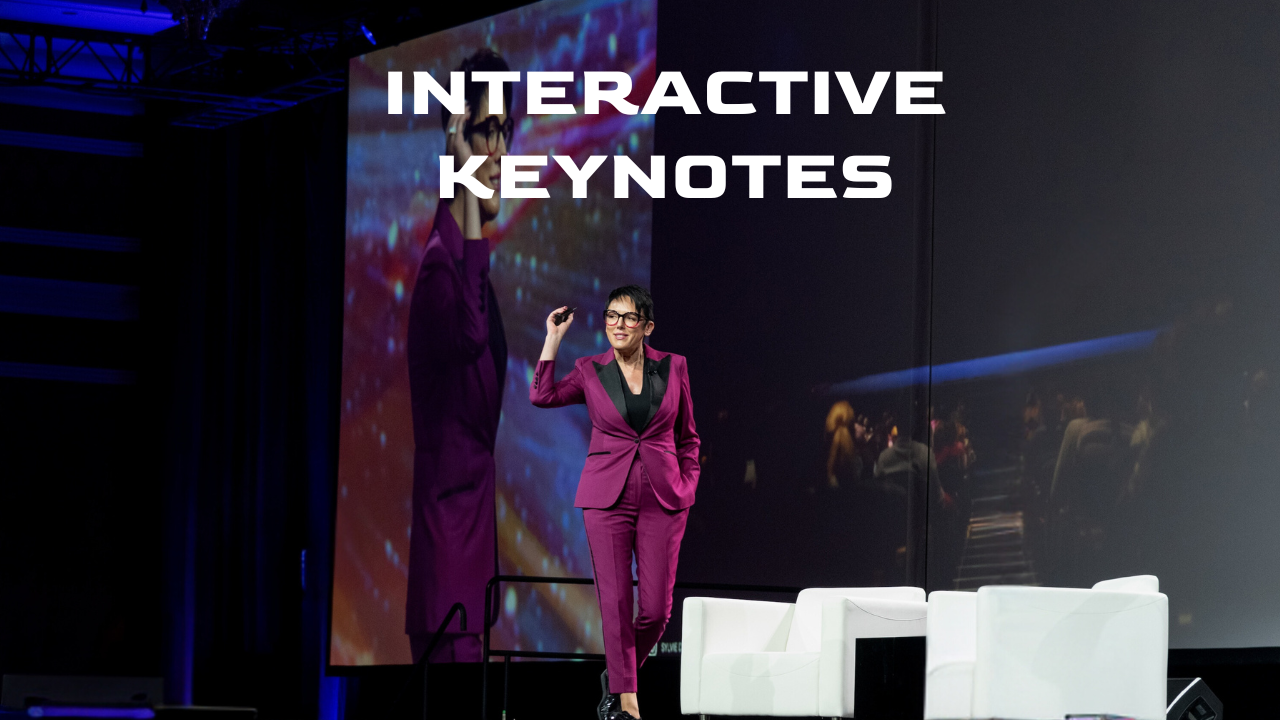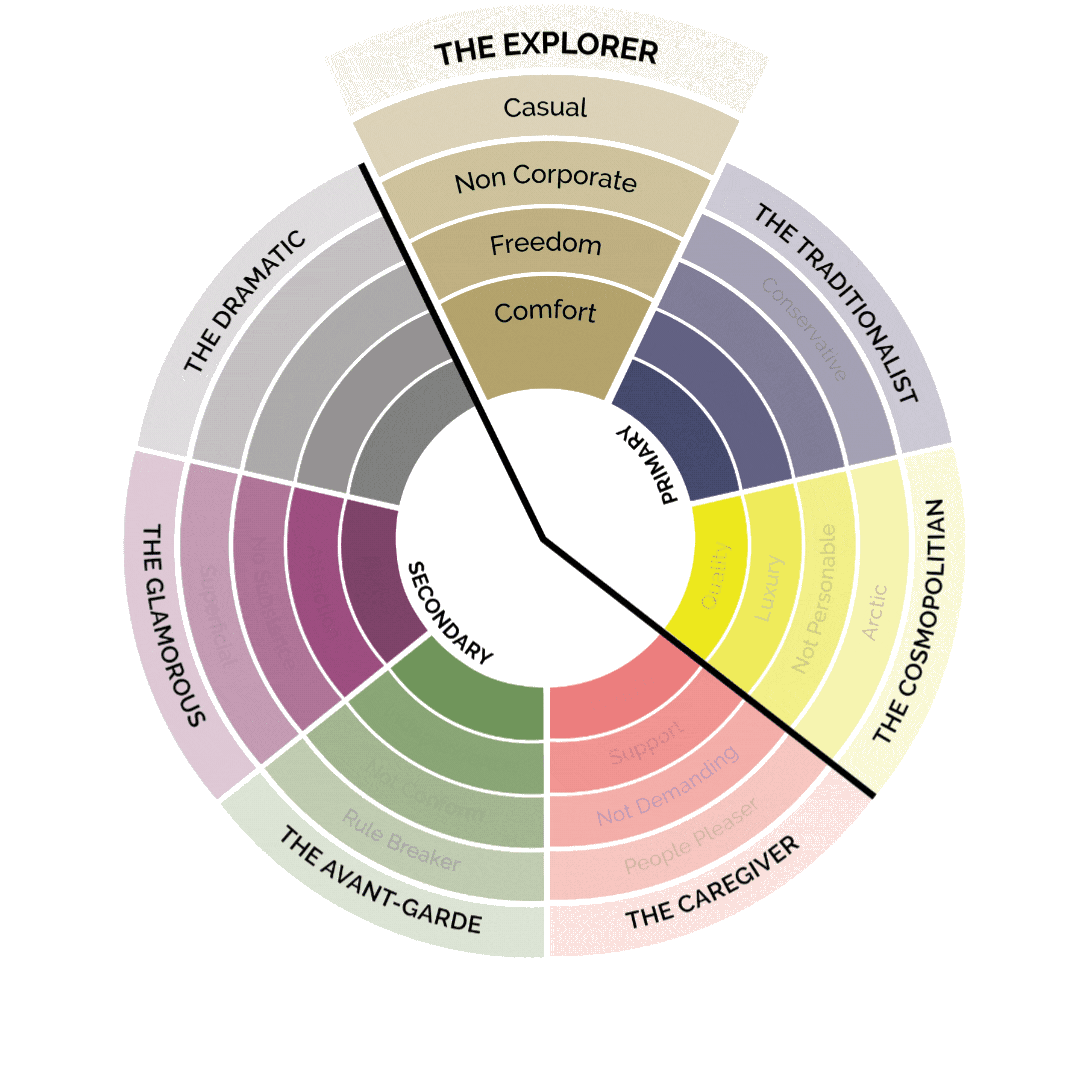The Art of Making Sales Magic: Examples of First Impressions That Close Deals
In sales, a first impression is like a magic trick: it happens in a flash, but it sets the stage for everything that follows. It’s not just about looking the part—it’s about building trust, sparking connection, and creating that irresistible urge for clients to say, “Tell me more!”
Top sales professionals know this isn’t luck; it’s strategy. They’ve mastered the art of that perfect handshake, that well-timed smile, and that confident tone of voice that says, “I’ve got exactly what you need.” From the moment they walk in, they’re already creating moments that clients remember forever. That’s the beauty of examples of first impressions that truly sell.
Let’s dive into the stories, the science, and the small but mighty moves that make first impressions not just memorable but magnetic—the kind that close deals before they even start.
Key Takeaways
- The first interaction sets the stage for the entire sales process; make it count.
- Verbal and non-verbal cues shape how clients perceive you in seconds.
- Adapting your first impression to client preferences increases trust.
- Successful salespeople demonstrate confidence, empathy, and professionalism immediately.
- Examples of first impressions that fail often involve poor preparation or a lack of authenticity.
- A great first impression isn’t the endgame—it’s the gateway to a long-term relationship.
Why First Impressions Are Your Secret Sales Weapon
First impressions happen faster than you can say “hello,” and the ripple effect of those fleeting moments can last forever. Think about it: before you’ve even started pitching your product or service, your potential client has already sized you up—consciously or unconsciously. Are you approachable? Are you confident? Can they trust you? These snap judgments are made in milliseconds and shape the entire sales dynamic.
Eye contact, for example, doesn’t just show you’re paying attention; it’s a subtle way of saying, “I see you, and I respect your time.” Your tone of voice can either draw them in or push them away—is it warm and inviting or rushed and impersonal? Slouched shoulders can scream disinterest while standing tall signals, “I’m here, and I mean business.”
These aren’t just theoretical tips—they’re powerful examples of first impressions at work. When done right, they’re like planting seeds of trust that grow into fruitful conversations. Done poorly? Well, you’re essentially closing the door before it’s even opened. So, the next time you walk into a meeting or hop on a video call, remember: the little things—a genuine smile, a confident hello, and even the energy you bring—aren’t just add-ons; they’re your secret weapons in creating the kind of first impression that clients won’t forget (in a good way).
Clients don’t buy products or services; they buy trust, and trust starts with you.
Verbal Examples of First Impressions That Win Clients
Words are like the shiny wrapping paper on a gift—they catch attention, but it’s what’s inside that truly matters. In sales, how you deliver your words transforms them from ordinary to unforgettable. Start with enthusiasm, because let’s face it, no one wants to talk to someone who sounds like they’d rather be anywhere else. Say their name, and not just because it’s polite. A name isn’t just a word; it’s a connection, a bridge to making someone feel seen and valued. Then, ask questions that show genuine interest in their needs, not because you’re checking a box but because you’re truly curious about how you can help them.
Great salespeople don’t treat conversations like a script; they treat them like a dance—one where empathy leads, and curiosity follows. Imagine a client telling you about a challenge they’re facing, and instead of jumping straight to your pitch, you pause and say, “That must be tough. Tell me more about what’s going on.” That moment of care sticks. It’s one of those examples of first impressions where clients walk away thinking, “This person gets it—and gets me.”
So, the next time you’re gearing up for a meeting, think beyond just what you’re going to say. Practice how you’ll say it, how you’ll make the other person feel heard and understood. Because in sales, words are only half the equation; the delivery—the warmth, the tone, the genuine connection—is what seals the deal.
Be curious, not scripted; clients remember authenticity.
Non-Verbal Examples of First Impressions That Close Deals
What clients see often speaks louder than what they hear, and in sales, it’s the silent details that shout the loudest. Imagine this: a salesperson strides into the room, sharply dressed, exuding confidence and readiness. Now picture someone else arriving late, hair a mess, and fumbling with their materials. Which one are you more inclined to trust with your business?
Non-verbal cues like a firm handshake aren’t just gestures—they’re powerful statements that say, “I’ve got this.” Open body language invites connection, making people feel comfortable and valued before words even come into play. A genuine smile doesn’t just make you likable; it breaks down barriers and sets the stage for honest communication.
These are more than tips—they’re prime examples of first impressions that can close deals before you even pitch your product. People don’t just want to buy from a company; they want to trust the person in front of them. It’s why small details like how you carry yourself can make or break the deal before a single word is spoken. When you walk into that meeting room or onto a video call, you’re not just showing up; you’re making a statement about who you are and what you’re offering. Every non-verbal cue, from your handshake to your stance, is a puzzle piece in the bigger picture of why clients should believe in you.
So next time you’re prepping for a sales meeting, think beyond the words you’ll say. Ask yourself: What do my non-verbal cues communicate? Are they building trust, or are they raising questions? Because when it comes to first impressions, what you don’t say often speaks volumes—and it could be the key to sealing the deal.
Non-verbal cues are silent, but they are the loudest thing in the room.
Examples of First Impressions That Failed—And What to Learn From Them
Even the best of the best in sales have had their “oops” moments. Picture this: you’ve got a big sales call lined up, but you hit traffic, show up ten minutes late, and then realize you know next to nothing about the client’s business. That sinking feeling? It’s the sound of credibility crashing. Being late, disorganized, or unprepared doesn’t just put a dent in the moment—it can leave a mark on your reputation that’s tough to scrub out.
These scenarios highlight why preparation and punctuality are non-negotiable. Think of it this way: the first impression you give sets the tone for the entire relationship. Walking in late can make a client feel undervalued, while not doing your homework signals a lack of respect for their time and needs. It’s like showing up to a first date and forgetting their name—awkward at best, deal-breaking at worst.
The good news? These missteps are preventable. Double-check the meeting time and location, leave earlier than you think you need to, and spend some quality time researching the client beforehand. What’s their business about? What challenges might they be facing? Showing up not just on time but prepared is one of those prime examples of first impressions that can immediately set you apart. And if you do stumble? Own it. Apologize, acknowledge the mistake, and work twice as hard to show you’re serious about making things right. Because while first impressions matter, the effort to fix them can sometimes be just as telling.
The cost of a bad first impression is a lost opportunity.
Transforming First Impressions into Lasting Impressions
A stellar first impression might not seal the deal on its own, but it acts as the opening chapter to what could become a bestselling relationship. Think about it: that first moment is when you set the stage, plant the seeds of trust, and show the client, “Hey, I’m someone you want to do business with.” But what happens after that? This is where the real magic lies—in the follow-through.
Consistent professionalism is your secret weapon. It’s about showing up the same way every time—reliable, prepared, and ready to deliver. Nothing erodes trust faster than inconsistency. If your first impression was polished and professional but your follow-up is sloppy and disorganized, you’ve just undone all that good work. On the flip side, when you keep your word and meet (or exceed) expectations, you’re reinforcing that positive initial interaction and taking it to the next level.
Delivering on promises is another make-or-break factor. Every commitment you make—big or small—is an opportunity to prove your reliability. Did you promise to send over a proposal by end of day? Make sure it’s there at 4 p.m., not 8. Did you say you’d follow up with additional resources? Include an extra article or two that they didn’t even ask for. These small gestures show that you’re not just about closing deals; you’re about building relationships.
And let’s not forget nurturing those relationships. This means checking in, even when there’s no immediate sale on the table. Send a note to congratulate a client on a milestone or share an article you think they’d find interesting. These touches don’t just maintain the relationship—they deepen it. And when it comes down to it, these are the prime examples of first impressions transforming into lasting connections. Because in sales, the first impression is just the spark—it’s what you do next that fans it into a flame.8
Trust grows when your actions echo your words.
ADDITIONAL RESOURCES
Mastering The Art Of The First Impression: Building A Lasting Brand Legacy
This Forbes article delves into the pivotal role of intentional actions in shaping trust and credibility, offering insightful examples of how first impressions can define personal and professional success.
FREQUENTLY ASKED QUESTIONS
How can cultural differences impact first impressions in sales?
Cultural norms influence perceptions of professionalism and respect. Understanding your client’s cultural background helps tailor your approach, avoiding potential missteps.
What’s the role of digital first impressions in sales?
Your online presence—email tone, LinkedIn profile, or video call setup—shapes how clients perceive you before an in-person meeting. Consistency in your digital and in-person brand is key.
Can a poor first impression be fixed in sales?
Absolutely. While challenging, a poor first impression can sometimes be salvaged through humility, genuine effort, and outstanding follow-up. Acknowledge the misstep and focus on building rapport over time.
Magnetic Moments: Examples of First Impressions That Resonate

First impressions are powerful, fleeting moments that lay the groundwork for trust and connection. They’re the unspoken promise of what’s to come, shaping how others perceive your value and your potential to deliver. Think of a confident handshake that immediately conveys reliability or a genuine smile that melts away skepticism. Each interaction offers countless opportunities to make or break this fragile yet potent connection.




